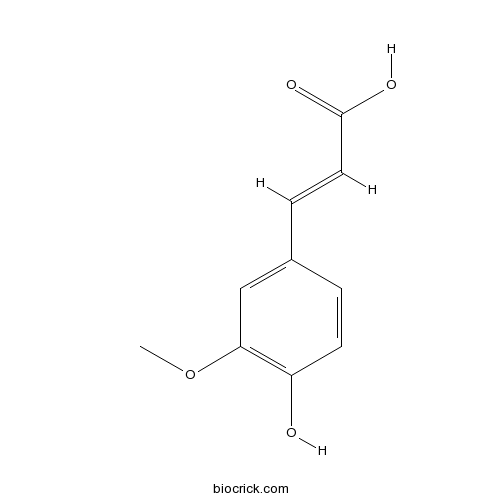Sambucus javanica
Sambucus javanica
1. The products in our compound library are selected from thousands of unique natural products; 2. It has the characteristics of diverse structure, diverse sources and wide coverage of activities; 3. Provide information on the activity of products from major journals, patents and research reports around the world, providing theoretical direction and research basis for further research and screening; 4. Free combination according to the type, source, target and disease of natural product; 5. The compound powder is placed in a covered tube and then discharged into a 10 x 10 cryostat; 6. Transport in ice pack or dry ice pack. Please store it at -20 °C as soon as possible after receiving the product, and use it as soon as possible after opening.
Natural products/compounds from Sambucus javanica
- Cat.No. Product Name CAS Number COA
-
BCN5948
Ferulic acid1135-24-6
Instructions

-
BCN4327
Ursolic acid77-52-1
Instructions

Comparison of major taste compounds and antioxidative properties of fruits and flowers of different Sambucus species and interspecific hybrids.[Pubmed: 26830570]
Differences in the content of sugars, organic acids, total phenolics and antioxidative activity have been evaluated among three different elderberry species (Sambucus nigra, Sambucus cerulea, Sambucus javanica) and seven interspecific hybrids. The highest content of sugars has been determined in the fruits of JA×CER hybrid and the lowest in fruits of (JA×NI)×cv. Black Beauty hybrid. S. nigra berries contained highest levels of total organic acids. S. nigra and (JA×NI)×CER flower extracts were characterized by 1.3- to 2.8-fold higher content of total sugars compared to other species/hybrids analyzed. Total phenolic content (TPC) in berries ranged from 3687 to 6831 mg GAE per kg FW. The highest TPC has been determined in S. nigra fruits and flowers. The ABTS scavenging activity differed significantly among species and hybrids and ranged from 3.2 to 39.59 mM trolox/kgF W in fruits and 44.87-118.26 mM trolox/kg DW in flowers.


